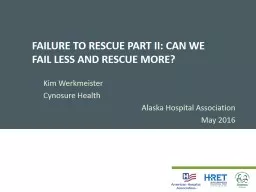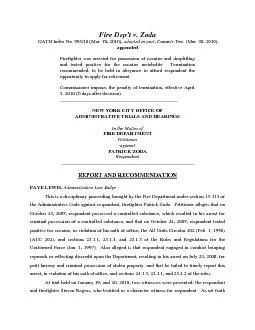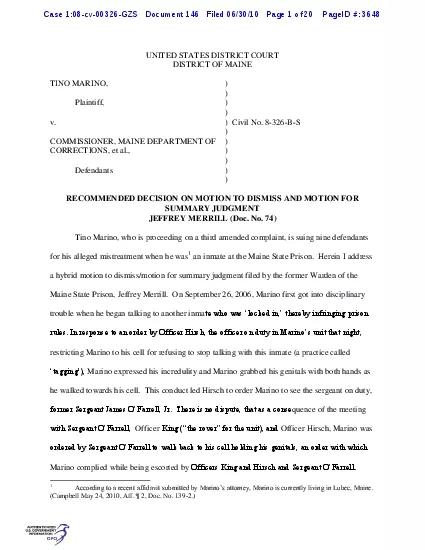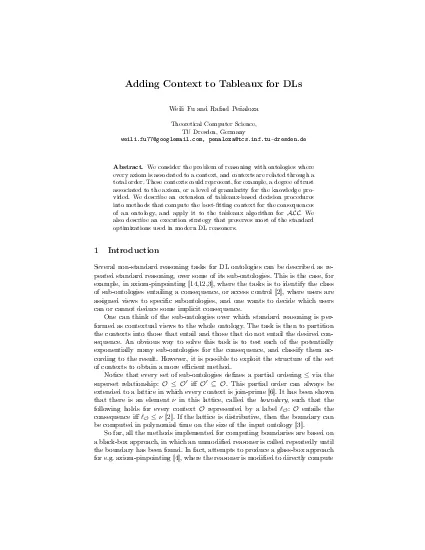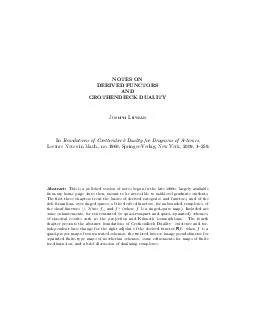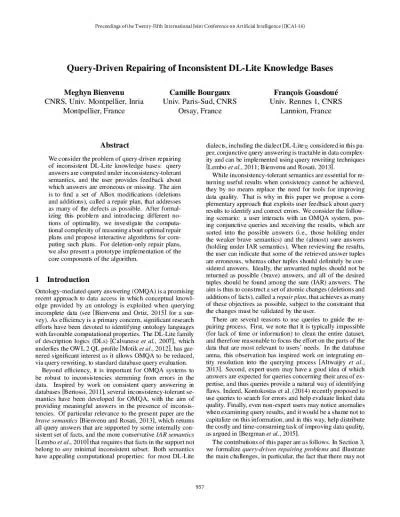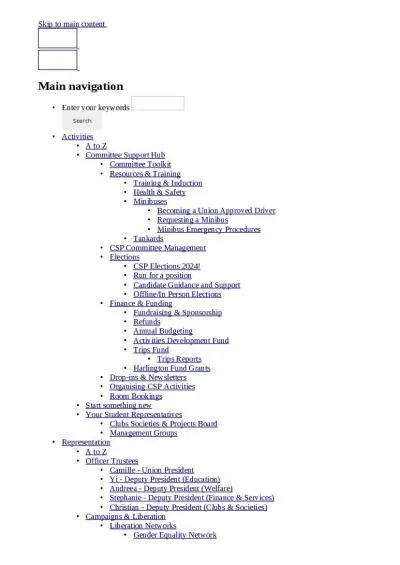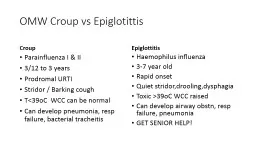PPT-A MEDED LECTURE Acute Resp
Author : callie | Published Date : 2024-02-02
Helena MiltonJones hm5118icacukl MENTI CODE 8364 0463 SESSION STRUCTURE Conditions Pneumonia Bronchitis Pulmonary embolism PE Pneumothorax Acute respiratory distress
Presentation Embed Code
Download Presentation
Download Presentation The PPT/PDF document "A MEDED LECTURE Acute Resp" is the property of its rightful owner. Permission is granted to download and print the materials on this website for personal, non-commercial use only, and to display it on your personal computer provided you do not modify the materials and that you retain all copyright notices contained in the materials. By downloading content from our website, you accept the terms of this agreement.
A MEDED LECTURE Acute Resp: Transcript
Download Rules Of Document
"A MEDED LECTURE Acute Resp"The content belongs to its owner. You may download and print it for personal use, without modification, and keep all copyright notices. By downloading, you agree to these terms.
Related Documents

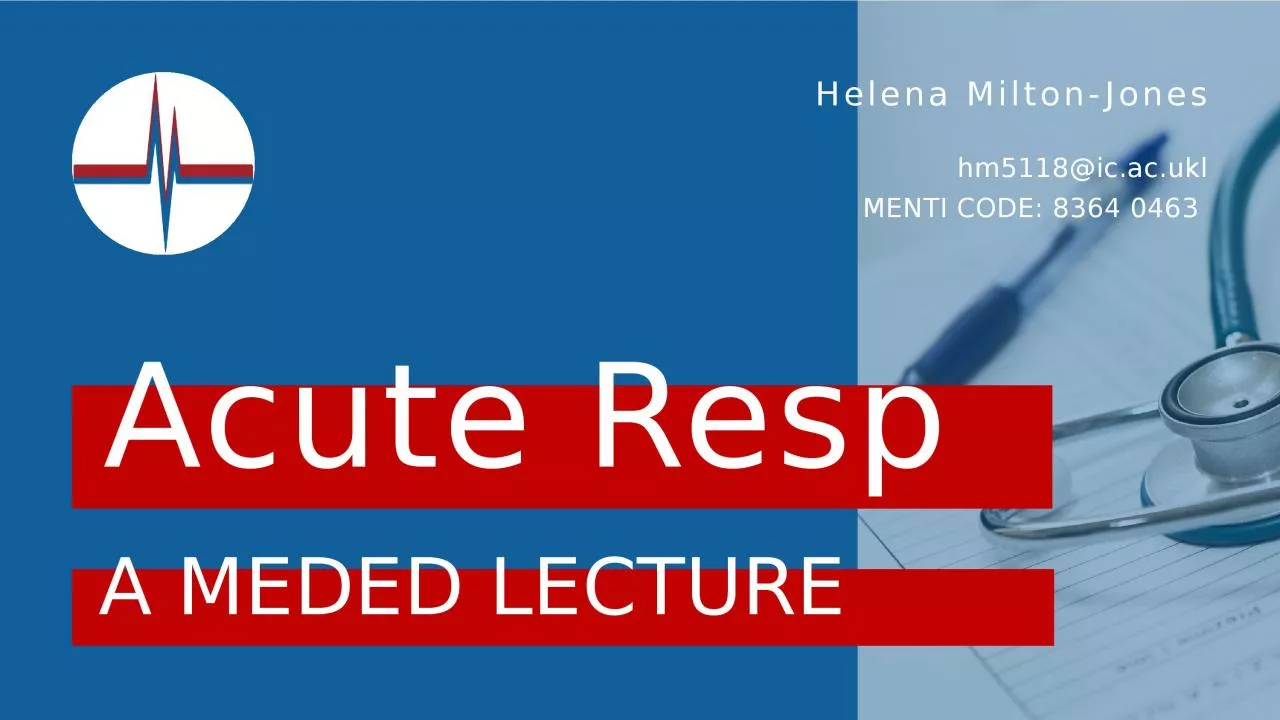

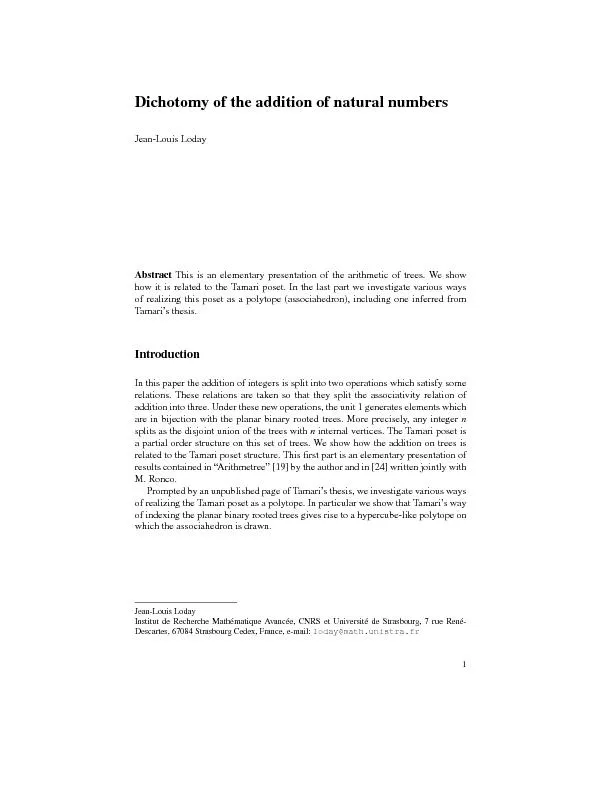
![t-structures.Besidesthebasicreference[BBD]wearealsoindebtedtoKashiwara](https://thumbs.docslides.com/521962/t-structures-besidesthebasicreference-bbd-wearealsoindebtedt.jpg)
